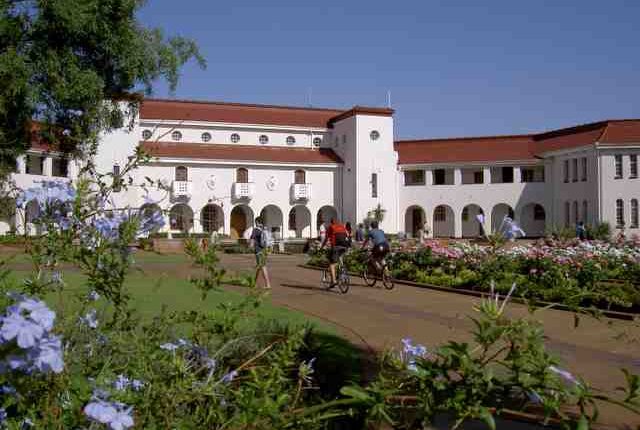North-West University: NWU teaches high school learners more about geographic mapping
The subject group Geography on the North-West University’s (NWU’s) Mahikeng Campus recently hosted 44 Grade 11 and 12 learners from the Tiego Tawana High School to teach them more about the Geographic Information System (GIS) software application.
GIS is a system that creates, manages, analyses, and maps all types of data. GIS connects data to a map, integrating location data (where things are) with all types of descriptive information (what things are like there). This provides a foundation for mapping and analysis that is used in science and almost every industry.
The purpose of this event was to educate learners on the practical use of GIS and to help them prepare for their upcoming exams.
“These school learners have a basic background in GIS since it is applicable to the school subject geography, and by teaching them more about the application, will contribute to their studies,” says Nisa Ayob, a GIS lecturer and coordinator and facilitator of the event.
The learners had the opportunity to listen to various interesting talks. Melikhaya Mahawu, a representative from the Environmental Systems Research Institute talked about GIS and introduced them to the new app Fundalula. This app is aimed at secondary schools and comprises digital and paper-based GIS that is aligned with the Curriculum and Assessment Policy Statement (CAPS).
Lindiwe Ngolisa, an NWU alumnus from the North West Premier’s office, and her colleague, Gadifele Mboweni, gave a quick overview of what they do and how they incorporate GIS in their work.
Dr Wayde Pandy from the subject group Geography gave a short motivational talk on how to prepare for the upcoming exams and guided learners on how to answer human geography-related questions, and Ncobile Nkosi discussed geomorphology.
The learners also had the opportunity to participate in practical exercises. They had to map the digital elevation of the North West province in 3D, and had to conduct hotspot analyses by using demographic data.
“Third-year GIS students helped the leaners to collect GPS coordinates around campus and to map it on the GIS software. This gave them the feel of physically collecting data and using the software to create their own maps,” adds Nisa.
The day ended on a high note and after a question-and-answer session, prizes were handed out.
The subject group is grateful for the support of the office of the deputy dean for community engagement and stakeholder relations in the Faculty of Natural and Agricultural Sciences who sponsored the event.

